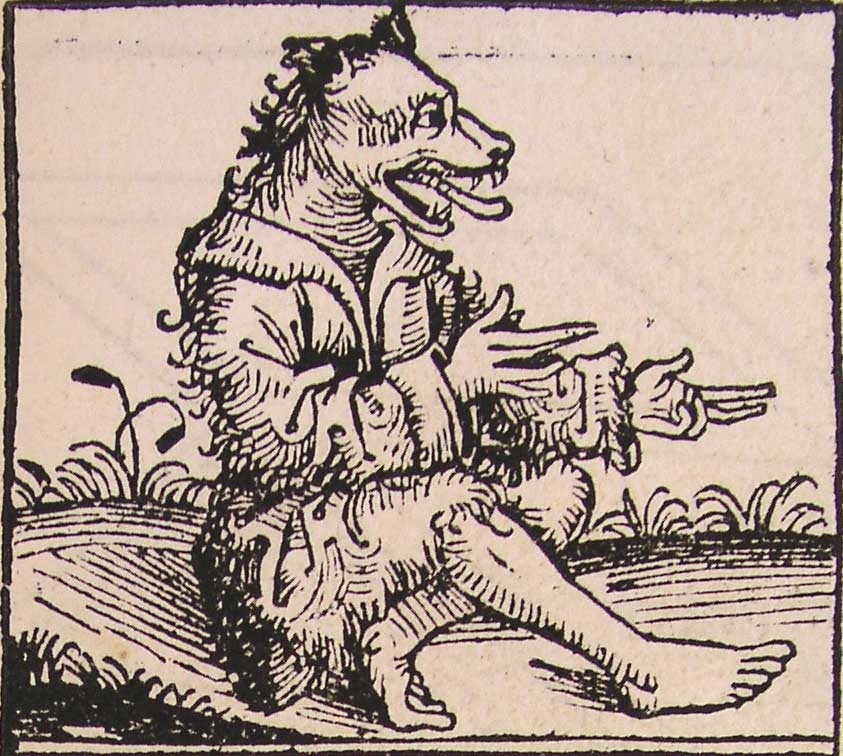... in Paris and London. Very appropriately, I bought a second-hand copy of this book from a bouquinist plying his trade around the Millennium Bridge at weekends. It's a nice-looking 1969 pocket book edition (reprinted in 1984), the kind Penguin was famous for. The text is also available free on the internet.
First published in 1933, Down and Out in Paris and London recounts Orwell's life amid the poorest of the urban poor as a fully pledged member. An Old Etonian who chose a bohemian life in Paris, Orwell describes the squalid living conditions of the poor Parisian "quartiers" with both splendid detachment and the black humour that will become a hallmark of his style.
Knowing the public's appetite for "continental scenes", Orwell opens the book with a colourful description of the inhabitants of Rue Coq d'Or (identified variously as Rue du Pot de Fer or Rue Mouffetard, they are adjoining), including the nosy and mouthy concierge, the old couple making money by selling regular poscards as if they were smut, or the young dissolute who tells to anyone listening about what love and passion mean (paying 1,000 francs for a night of unbridled pleasure under the streets of Paris). But, the author offsets the colour adding that he was "trying to describe the people in our quarter not for the mere curiosity, but because they are all part of the story. Poverty is what I am writing about, and I had my first contact with poverty in this slum."
Through a series of mishaps, the young aspiring writer's meager source of money dried up, and Orwell became pennyless. He notes, matter-of-factly, that penury brings with it a rather peculiar type of philosophy, "the great redeeming power of poverty: the fact that it annihilates the future. [...] And there is another feeling that is a great consolation in poverty. [...] It is a feeling of relief, almost of pleasure, at knowing yourself at last genuinely down and out. You have talked so often of going to the dogs - and well, here are the dogs, and you have reached them, and you can stand it. It takes off a lot of anxiety."
Orwell returned to London after one year and a half spent more or less in Parisian slums. Once there, he turned his attention to the London poor, investigating the life of the tramps - while living as a tramp. He might not have set up to do investigative journalism, but this is what Down and Out in Paris and London turned out to be.
Although it talks about events and conditions of more than eighty years ago, I found the book still relevant today, at a time of economic crisis, at a time when the disparity between rich and poor is so steep. We might be living better times than the 1920s and 30s, but the human drama coming from penury is the same.
For admirers of the man, the Orwell Prizes publishes his diaries from 1938 to 1942, in real time - but after 70 years. There is a little bit of everything in there, from his gardening to political and literary themes. It is well worth a look.
